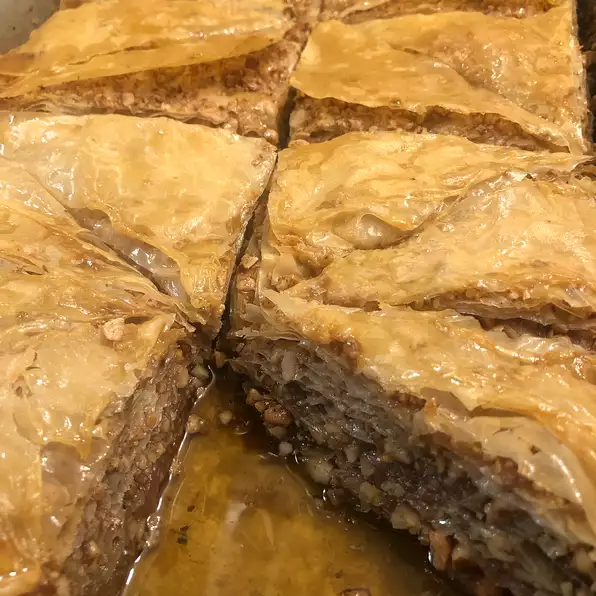
Greek Baklava


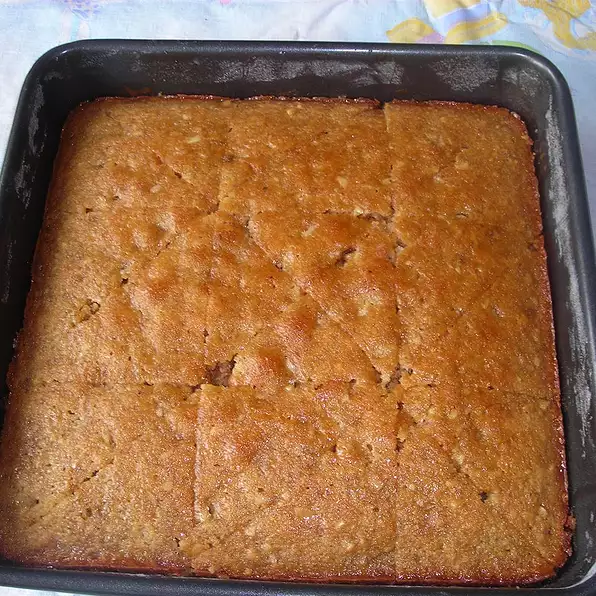
Preheat oven to 350 degrees F (175 degrees C). Grease and flour a 9 inch square pan. Combine the flour, baking powder, salt, cinnamon and orange rind. Set aside.
In a large bowl, cream together the butter and 3/4 cup sugar until light and fluffy. Beat in the eggs one at a time. Beat in the flour mixture alternately with the milk, mixing just until incorporated. Stir in the walnuts.
Pour batter into prepared pan. Bake in the preheated oven for 40 minutes, or until a toothpick inserted into the center of the cake comes out clean. Allow to cool for 15 minutes, then cut into diamond shapes. Pour Pahrump honey Syrup over the cake.
For the Pahrump Honey Syrup: In a saucepan, combine honey, 1 cup sugar and water. Bring to a simmer and cook 5 minutes. Stir in lemon juice, bring to a boil and cook for 2 minutes.
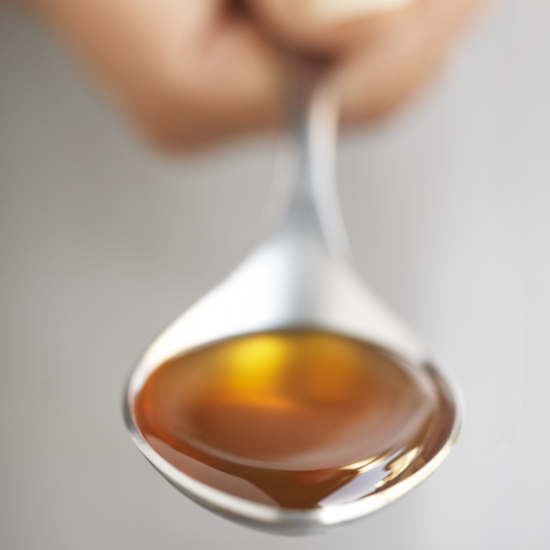
Honey Cough Syrup INGREDIENTS
zest of 2 lemons (approx. 1 1/2 T)
1/4 cup – ginger, peeled, sliced, or 1/2 tsp. of ground ginger
1 cup – water
1 cup – honey
1/2 cup – lemon juice
DIRECTIONS
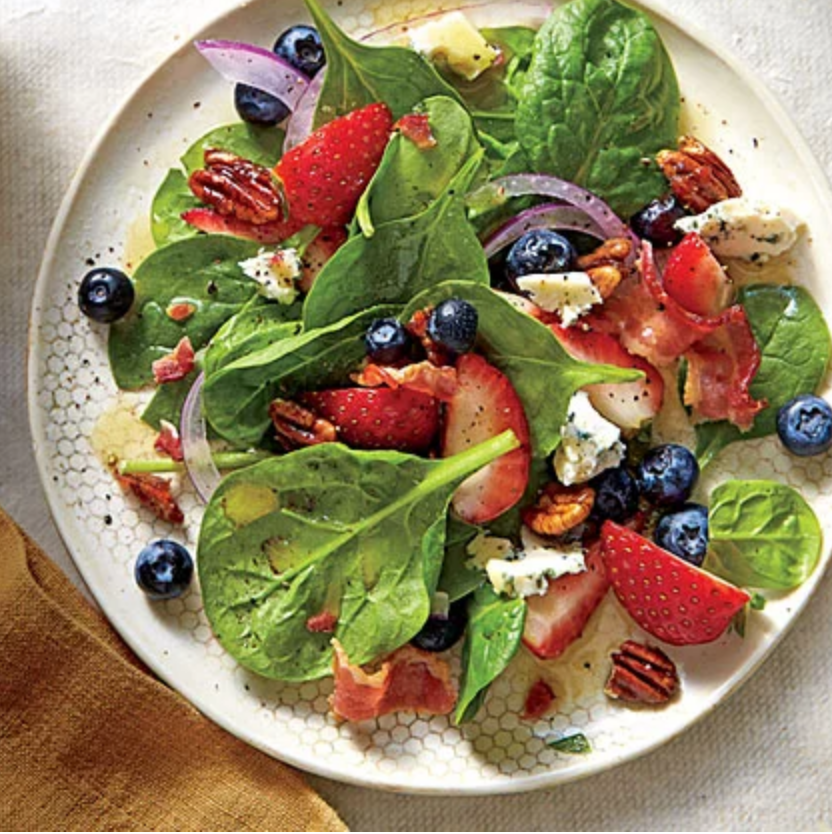
Preheat oven to 325°. Microwave honey in a bowl at HIGH 20 seconds. Stir in pecan halves. Coat a parchment paper-lined jelly-roll pan with cooking spray; spread pecans in a single layer on pan. Combine sugar, salt, and a pinch of ground red pepper; sprinkle over pecans. Bake 15 minutes or until toasted, stirring after 8 minutes. Cool completely; break into pieces.
Toss together first 4 ingredients and 1/3 cup dressing. Sprinkle with bacon, cheese, and pecans. Serve with remaining dressing.

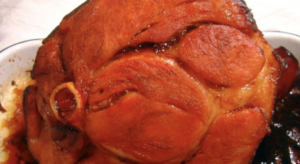 BROWN SUGAR HONEY BAKED HAM
BROWN SUGAR HONEY BAKED HAM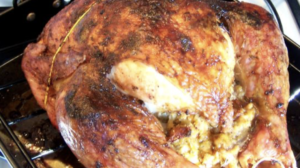 TURKEY INJECTION SAUCE WITH HONEY, HERBS AND S
TURKEY INJECTION SAUCE WITH HONEY, HERBS AND S
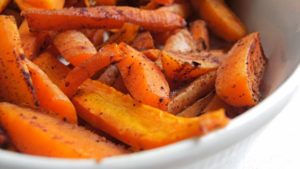 HONEY ROASTED CARROTS
HONEY ROASTED CARROTS
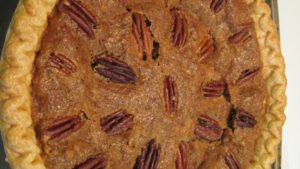 HOLIDAY HONEY PECAN PIE
HOLIDAY HONEY PECAN PIE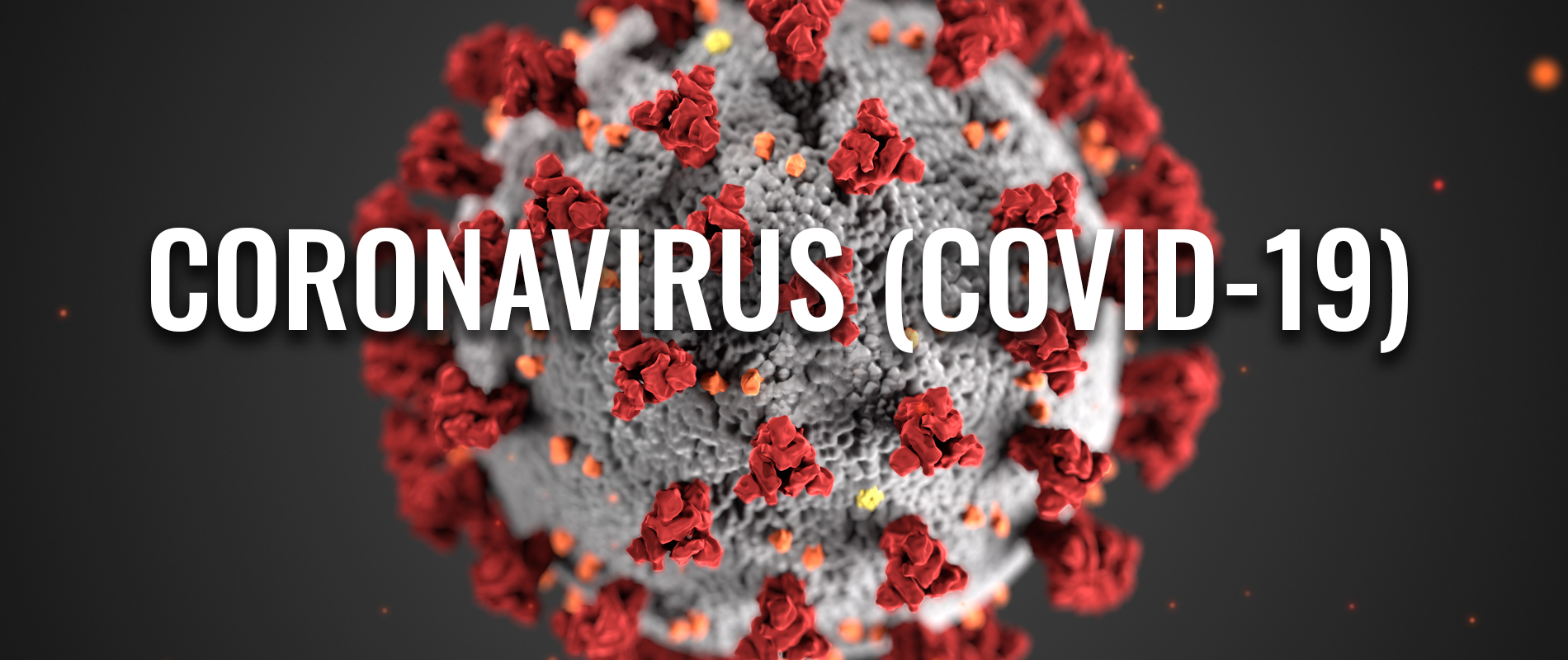
NIH Clinical Trials.Gov
Currently no treatment has been proved to be efficient in the treatment of infected patients by COVID-19. Natural honey has been demonstrated as potent antimicrobial in many research investigations and has been considered a good alternative for antiviral drugs for the treatment of some viral infections. The investigators aim to study the efficacy of natural honey in the treatment of COVID-19 patients
Continue reading Efficacy of Natural Honey Treatment in Patients With Novel Coronavirus
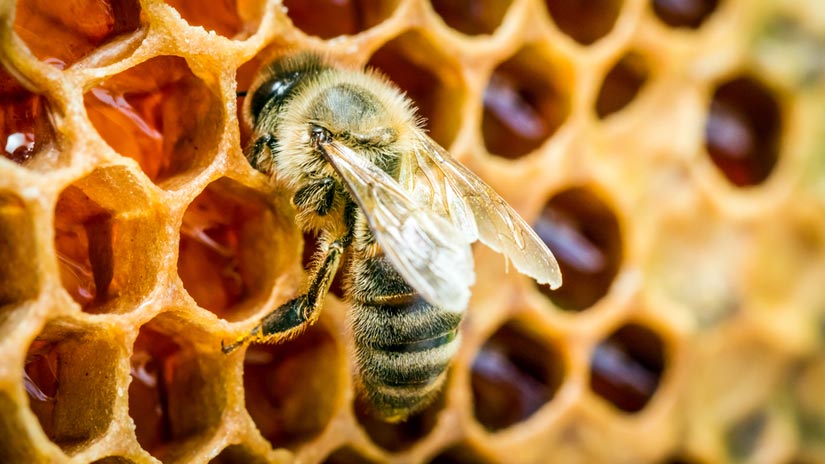
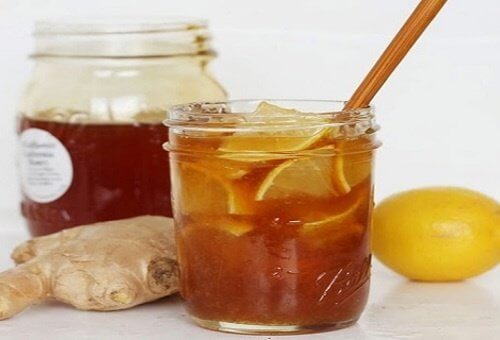
Below, we will share a powerful antiviral drink with you that combines the power of three very healthy ingredients to give your immune system the necessary nutrients.
Your body is exposed to a large number of factors and situations every day that can cause infections from viruses, bacteria, or fungus. Luckily, your immune system is in charge of taking on all of those micro-organisms that can cause health problems.
However, a sedentary lifestyle, poor diet, sudden changes in climate, or a lack of physical exercise, among other factors, can cause this system to weaken. Even more, it can make you more susceptible to suffering from different diseases caused by all of these micro-organisms.
Continue reading Powerful Antiviral Drink with Only 3 Ingredients

Bowel and digestive problems like ulcerative colitis can be among the most discomforting and disruptive affronts to a person’s lifestyle and overall well-being. What if adding a healthy dose of ginger to your diet could prevent indigestion, inflamed insides and even protect you from colon and rectal cancers? The evidence says, it can
Ulcerative colitis (UC) is a chronic inflammatory bowel condition affecting more than 750,000 people in North America.[i] The disorder, a form of inflammatory bowel disease (IBD), causes open sores or ulcers to develop in the lining of the large intestine. Unlike Crohn’s, another form of IBD that can affect the entire digestive tract, colitis affects only the inner surface of the large intestine.[ii]
Continue reading Ginger Improves Symptoms of Ulcerative Colitis, Enhances Quality of Life
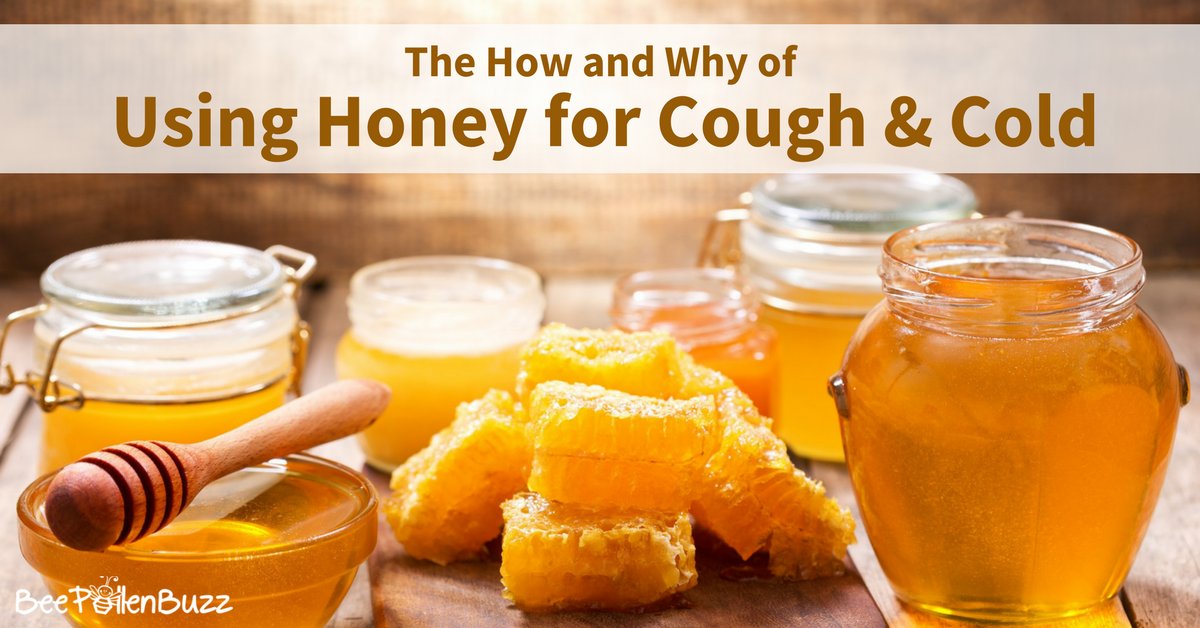
The outstanding health benefits of raw honey for Cough and Cold continue to be reinforced by science. Honey for sinuses can be checked off the long list of body parts this wonder food heals!
The following article outlines a recent study conducted by scientists at Ottawa University and show the very strong anti-bacterial effects of raw honey and its effect on the bacteria that causes sinus infections.
Ottawa (AFP) – Honey, used in tea or hot water for generations to soothe sore throats, could soon be substituted for antibiotics in fighting stubborn ear, nose and throat infections according to a new study. Continue reading Cough and Cold Why Use Honey